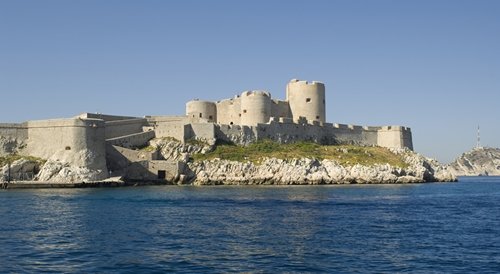How 3D laser scanning and modeling can help preserve historic structures

Researchers and conservationists continuously employ 3D laser scanning in their preservation efforts to safeguard historic structures and locations. How does this technology actually help these professionals, however? What benefits can data sets of existing sites provide researchers and those dedicated to preservation?
The short answer is that the data sets can be used with 3D modeling to create realistic digital models of existing sites, which researchers may examine to understand which areas of the site need to be protected or restored. However, this only touches on how laser scanners and 3D modeling help to preserve historic sites.
1. Laser scanners gather hard-to-measure information
Laser scanners can gather data on aspects of a historic site that may not be easily available to conservationists or researchers. When these professionals aren't able to accurately measure the thickness of a building's walls, for example, it can be difficult for them to understand which areas of the structure are weak and may collapse. According to the Carrick Times, researchers in Northern Ireland recently mapped Carrickfergus Castle, a medieval structure, for the very reason of getting a more detailed picture of the castle's structure. Every wall, floor and ceiling was mapped using a laser scanner, the news source reported, resulting in a total of 265 individual scans of the interior and exterior of the medieval building.
2. 3D models showcase parts of the site that require restoration
This data can then be used with 3D modeling software to create accurate digital renderings of the historic site. Many times, researchers know ahead of time that parts of a historic structure need to be repaired, but looking at a site can give them a better view of what truly needs to be done. Carrick Castle researchers said they will use the information to determine how the structure is being impacted by the environment. This could lead to a new roof for the castle or even preventing water from being collected in part of the castle, which can cause parts of the structure to deteriorate.
3. Models can reconstruct the past
Researchers of Carrick Castle told the news source they were going to use the collected data to determine how the building was constructed, which will help them to know how to correctly preserve the structure. Similarly, 3D technology was recently used to give insight into how a historic train station in Florida was built and modified throughout the years. Since 3D laser scanning gives such an accurate view of the structure, researchers can see if there were any changes in construction materials or the like.
4. Digital renderings help with future maintenance
Knowing the current conditions of a site can give researchers an accurate baseline for their preservation efforts. They can continue to use 3D laser scanning and modeling technology to gain insights into how the structure or site changes over time, which can help researchers understand whether their conservation efforts are working or if they need to take more drastic measures to protect the historic site.
